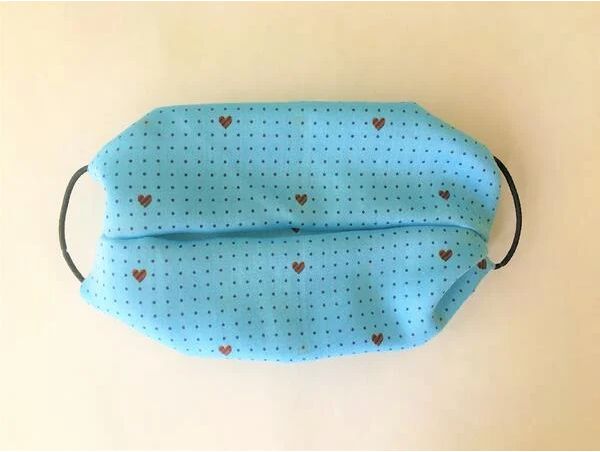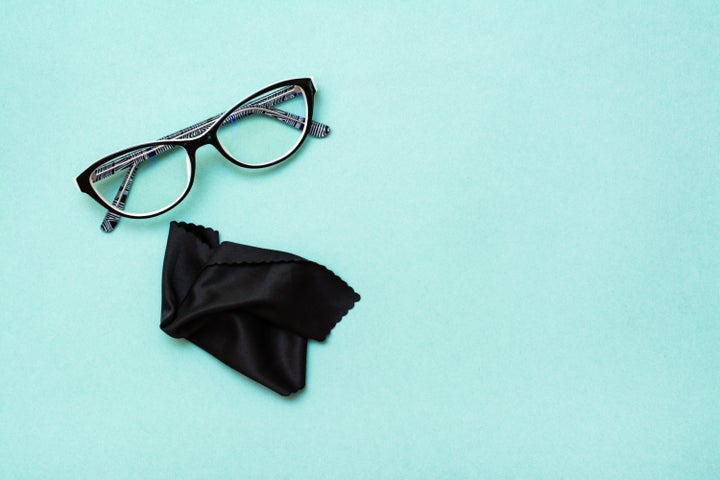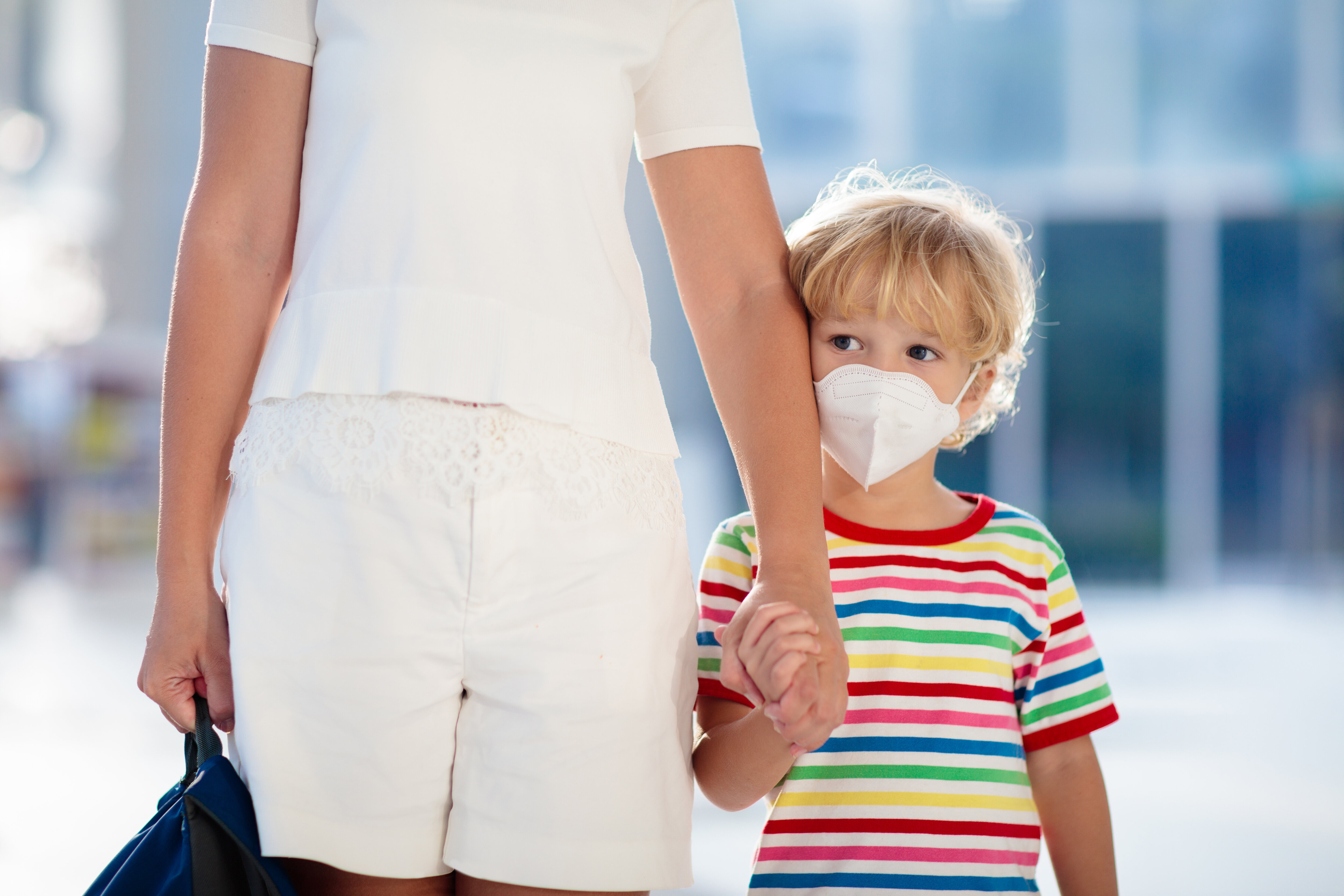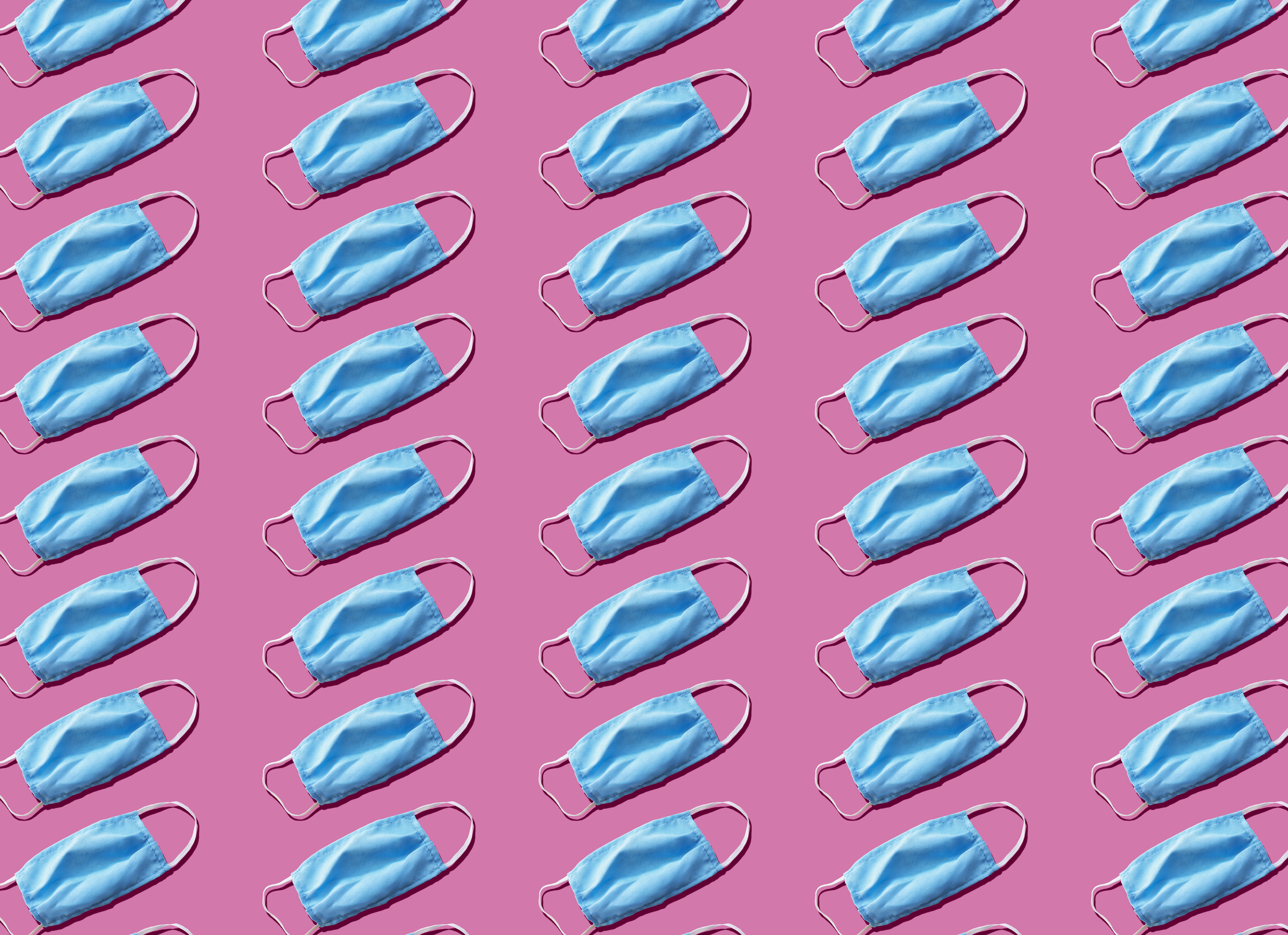How To Make A No-Sew Coronavirus Face Mask With Fabric
But with each passing day, we’re advised to take more and more precautions ― and now the Centers For Disease Control and Prevention (CDC) advises everyone to wear face masks in public, even for those of us who don’t display symptoms or know of exposure to an infected person.
In light of the shortage of face masks for health care workers, people wearing masks for personal use need to stop buying masks that professionals need to stay safe.
For most people, the best solution is to make our own. We’ve shared tutorials on how to sew a face mask that’s effective against the coronavirus, as well as versions that require absolutely no sewing whatsoever.
But we may have just found the easiest DIY face mask of all ― the bandana face mask. All it requires is a bandana and two rubber bands. No sewing or glue required.
Don’t have rubber bands? Stretchy hair ties (the kind you secure a ponytail with) will do the trick.
This YouTube tutorial from Kristin Omdahl is the only one you’ll need. Just keep in mind when fitting your mask that the edges should fit snuggly against your skin.
Keep in mind that this type of mask isn’t ideal for health care workers dealing with COVID-19 because it allows tiny droplets to seep through parts of the mask. But these masks are helpful for those of us venturing out in public to buy groceries or run essential errands.
WHO reminds us that masks are only effective when they’re used in combination with frequent and proper hand-washing. And if you do wear a mask, you must know how to use it and dispose of it properly.
And of course, follow all state and local protocols and avoid leaving the house unless it’s absolutely necessary.
When the Centers for Disease Control and Prevention abruptly changed its guidance and announced that all Americans should be wearing cloth face coverings in public to protect against COVID-19, I immediately thought of my kids.
I can barely get them to keep hats on in the blazing sun or on freezing days. And though I’m proud of how my husband and I have turned them into dutiful hand-washers, they constantly have their hands on their faces. My elder son contends that it doesn’t count as nose-picking if you don’t eat any of the boogers you find.
So what do the new mask recommendations mean for children? And how can parents make sure that if their kids do start wearing masks in public, they do so safely? Here are six basics to have in mind.
The CDC recommendations call for people to wear cloth face masks in public settings where it’s hard to stay at least six feet away from other people, like at the grocery store or the pharmacy. Meanwhile, a spokesperson for the American Academy of Pediatrics told HuffPost that as of early this week, the group does not have any formal recommendations on masks. (She noted, however, that the AAP’s infectious disease committee has something in the works.)
And just about every major medical and public health organization, the CDC included, emphasizes that masks are not a substitute for social distancing (more on that below).
2. Masks are not for kids under the age of 2. And they’re definitely not for babies.
The CDC recommendations do specify that face masks and cloth face coverings should not be placed on anyone younger than 2. There are a few reasons for this. Babies’ airways are small, so breathing through a mask can be pretty damn hard for them — and could even increase their risk of suffocation.
Additionally, the likelihood that babies and toddlers are willing to 1) keep masks on their little faces and 2) do so without constantly touching them is basically zilch.
“We know that there is a group of kids who are not going to keep their masks on — and that’s anyone under the age of 2,” Dr. Brianna Enriquez, medical director of emergency management with Seattle Children’s, told HuffPost.
Parents of those younger kids can do far more to protect them by trying to curb their natural tendency to explore the world around them via licking and touching, she said, and by being vigilant about social distancing. Basically, keep them indoors.
3. If you are making a mask for your kids, just do the best with what you’ve got.
“Really young kids” plus “masks” might be a no-go. But experts say there can be good reasons to have kids over the age of 2 wear masks in public, if they’ll go for it. However, you’ve got to know your own kid, and make your own judgments.
“Masks prevent the spread of the coronavirus,” Dr. Rob Darzynkiewicz, chief medical officer of Hazel Health, told HuffPost. “About 1 out of every 4 people who have COVID-19 now have a fever or cough, so having the mask protects your child and also protects the people around them.”
That last point is especially important. There’s evidence that many kids are asymptomatic carriers who get mild symptoms of COVID-19 (or none at all) and can unwittingly spread the disease.
Kids’ masks don’t need to be different than adults’ masks. Material-wise, cotton is your best bet, and you can really make do with what you’ve got at home. Think pillowcases and old T-shirts. (Here’s how to make a no-sew face mask and how to make one out of a bandana.)
“The bottom line is that wearing a mask is better for reducing the spread of COVID-19 than not wearing one,” Darzynkiewicz said. “Homemade masks are also ideal options to save [personal protective equipment] for medical personnel on the front lines.”
4. Have your child practice at home first.
“If you think your child might keep a mask on, the first thing you want to do is make sure they understand that they have to try and not touch it,” Dr. Katherine Williamson, a pediatrician with CHOC Children’s at Mission Hospital in California, told HuffPost. She recommended that parents have their kids practice wearing a mask at home, and watch them really carefully.
“At some point, you’re probably going to see restlessness kick in,” Williamson said — and that’s when it’s important that you’re there to remind your kiddo to resist the urge to touch their mask or their face. Explain that they will need to wash their hands before they touch their mask and after — every single time.
Get really specific about it, said Joy Kawamura, a psychologist with Seattle Children’s. Like, “How are we going to put the mask on? What do you do with your hands?” she said.
That isn’t just important from a safety perspective, Kawamura emphasized. It can also help your child feel calm and in control if they get some experience wearing a mask with you, at home, before they’re out in the real world.
5. Be open about why people are wearing masks — and let them ask questions.
Your kid might be confused or, frankly, freaked out about why they’re being asked to wear a mask for the first time, or why they’re suddenly surrounded by adults who are. So have a frank conversation now about why this is all happening, tailored to their age. Keep it simple, Kendra Read, a psychologist with Seattle Children’s, told HuffPost. Something like: You will see people wearing masks right now, and this is why.
“Where people tend to get stuck is when they don’t have honest conversations with their kids about what is happening,” Read said. You don’t have to belabor the point, she said, and it’s important to stay calm yourself.
“If parents are saying with their words, ‘It’s fine, it’s nothing to worry about, we have our masks to keep us safe,’ but with their body language and their actions, they’re modeling a different emotional reaction, kids are going to pick up on that,” Read said.
That doesn’t mean you discount your kid’s anxiety. If your child is feeling anxious about all of this, and is making that clear to you, it’s OK to validate that. We’re all feeling anxious right now, Read said, and we’re dealing with a huge amount of uncertainty. Let them know that it’s OK to feel that way.
6. Remember: masks are NOT a replacement for social distancing or hand-washing.
While there are arguments to be made in favor of having kids wear masks in public, some experts are wary of the potential downsides.
“Actually using a mask in any kind of responsible way is really very tricky,” said Enriquez, the emergency medicine doctor. “I’m not a huge fan of recommending this, because I worry it encourages people to go out and do the things they shouldn’t be doing, to be honest.”
The most important thing you as a parent can do right now is to make sure your kids are staying home as much as possible, and that you’re staying diligent about good hand-washing.
“The guidance is still to be staying at home and to do social distancing and avoid high-touch areas,” Enriquez said. “The masks are for when people have to go out and interact in the world and want to protect others from them.”
Do Face Masks Really Protect You From Getting Sick?
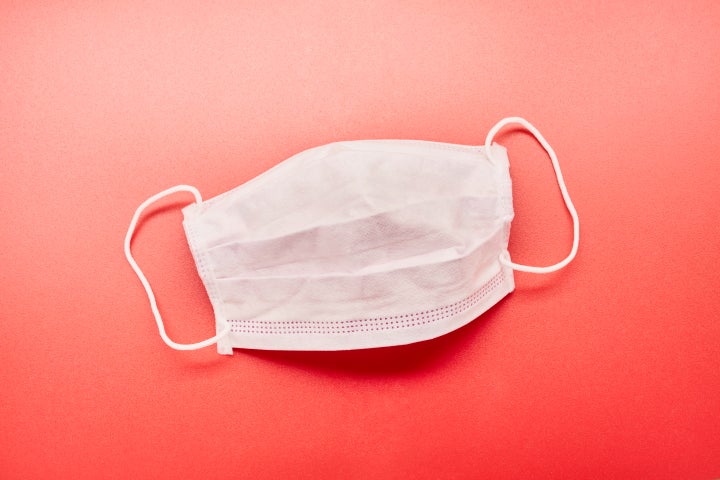
Coronavirus, which causes the respiratory illness COVID-19, has morphed into a global pandemic. Because the virus can be spread easily, many have resorted wearing face masks to protect themselves, as the virus is transmissible through human contact and exposure to respiratory droplets from an infected person.
But even though people are rushing to get their hands on a medical face mask, experts are somewhat skeptical about how effective they are in protecting people against dangerous viruses and bacteria. Below is their take on whether or not you should wear a mask and how else you can protect yourself.
Face masks can help, to a degree.
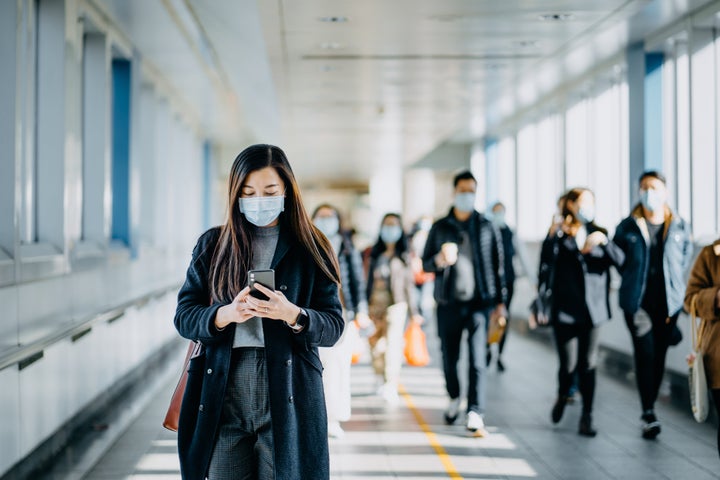
There are a couple different ways viruses such as this one can go around. When an infected person coughs or sneezes, they expel respiratory droplets into the air that carry the virus. They can also spread those droplets around if they touch their eyes and nose then touch another person or surface. If someone were to come into contact with these contagious droplets — either in the air or by touching a surface that contained the droplets — they, too, could get sick.
But the masks aren’t foolproof, and just because you’re wearing one does not mean you’re in the clear.
“Masks of any kind would be helpful because then they are covering up your nose and mouth so they aren’t going to touch those, but they still leave your eyes open so you can touch and transmit the virus that way,” Michael Ison, an infectious disease specialist with Northwestern Medicine, told HuffPost.
When we look back at the severe acute respiratory syndrome (SARS) epidemic that struck in 2003, researchers concluded that face masks played some role in slowing down the spread — especially in a hospital setting — but mostly because they prevented sick people from passing SARS around. In fact, most people in Asia wear the masks not to avoid getting sick themselves but to protect other people from harmful germs and viruses.
In 2012, when another deadly coronavirus — Middle East respiratory syndrome (MERS) — struck, health officials recommended wearing a face mask only if you were in the same room as a person with MERS. There just wasn’t enough evidence on if masks had any role in halting the spread of MERS.
The main takeaway here: Masks alone won’t eliminate your risk of contracting the coronavirus. But, they may help.
“It can reduce the risk of some transmissions, but doesn’t take the risk to zero,” Ison said.
There are different types of face masks.
There are two types of face masks that can help cut your odds of getting coronavirus: Surgical face masks and respirators, also known as N-95 masks.
The ones we’re seeing all over the news? Those are surgical face masks, and what doctors, dentists and nurses use while treating patients.
While they do protect people from splashes and sprays to a degree, they aren’t foolproof. They’re loose-fitting and relatively thin, so tinier droplets can still seep in through the parts of the mask.
“[Surgical] masks do provide a degree of protection against fluids, including spray from a cough or sneeze, and they provide some filtration of the air. However, since the masks do not provide a tight seal around the wearer’s nose and mouth, much of the air inhaled and exhaled is unfiltered,” said Richard Martinello, a Yale Medicine infectious disease specialist.
Then, there are respirators, commonly used by construction workers. They’re heavy-duty, and are form fitted to your face. According to the Centers for Disease Control and Prevention , these masks filter out about 95% of airborne particles, including viruses and bacteria.
But, they aren’t so comfortable and many people report trouble breathing while wearing them, making them difficult to wear for hours on end. Respirators can get clogged and cause people’s breathing and heart rate to soar, so pregnant people or individuals with breathing problems should consult a doctor before using one.
That said, most people may not need to get a face mask.
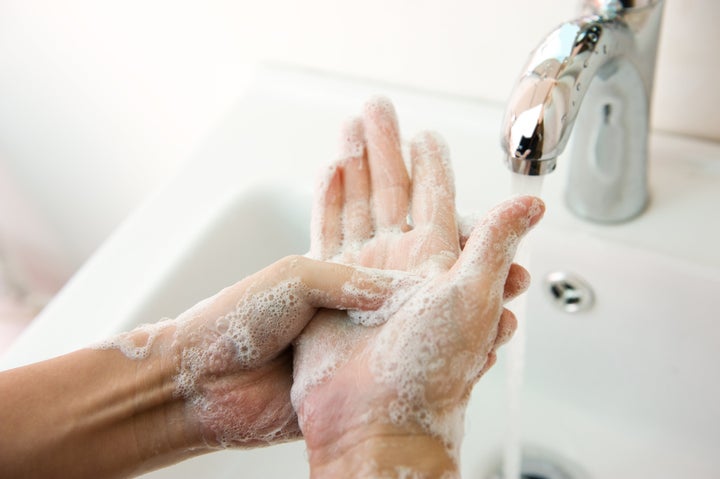
It isn’t an essential need for everyone to wear face masks, according to the CDC. Many experts stress that the main point of them is to keep someone who is already sick from infecting others.
“We generally do not recommend the use of either masks or respirators for the general public. Of course, persons who desire to be extra cautious about their exposure to germs when in public may choose to wear a mask,” Martinello said.
There are some exceptions: The World Health Organization urges that if you’re healthy, you should wear a mask if you’re taking care of a person suspected of having COVID-19. Neil Fishman, the chief medical officer of the Hospital of the University of Pennsylvania, also told the New York Times that “for individuals working in certain essential industries, where they still have to go out every day, I think wearing a mask makes sense.”
How well the masks work largely depends on if you’re is wearing it correctly. Make sure the correct side is facing outward, keep the mask snug over your nose, secure the loops behind your ears, and close off the gaps around your jawline. Martinello said the biggest mistake people make is when the mask covers their mouth but not their nose.
There are other steps you can take to keep yourself healthy. For one, keep a distance from sick people, especially those coughing or sneezing. Also, not touching your face with your hands minimizes your exposure to harmful germs.
Lastly, hand-washing is your best line of defense against any virus, so wash frequently and thoroughly. That means spending at least 20 seconds scrubbing your hands with soap and rinsing water.
Credit: Source link

